Tales of Graces has always been known for two things: some of the best gameplay in the series coupled with some of Tales’ worst storytelling. Having played only about half of the original game well over a decade ago, I couldn’t recall much about either. Thus, when I booted up Tales of Graces f: Remastered for the first time, I anticipated the distinct possibility of a similar reaction.
To my surprise, by the time I’d finished this 50-hour adventure, I had come to the conclusion that its narrative infamy is overblown. It’s hardly the finest tale, but it’s far from terrible. Its cast is fun, with standout examples like the wildly unpredictable researcher, Pascal, as well as the seasoned knight, Malik.
Sure, the central focus is on protagonist Asbel’s redemption arc and his role as the amnesiac Sophie’s steadfast surrogate protector. Yes, that’s as cliche as it sounds. Yet, with the exception of far too much emphasis on the word “friend” throughout the script, none of this is handled as poorly as it could have been. Tales of Graces f’s story is fine. It goes places, many predictable, but sometimes unexpectedly.
Make no mistake, though: the highlight of Tales of Graces f is its combat. Fast-paced but seldom overwhelming, filled with depth and an ever-changing arsenal of handy abilities, its qualitative edge never dulls. That’s never a guarantee in lengthy RPGs; so many battle systems overstay their welcome by the endgame stretch.
Two things make the game’s combat shine so brightly. The first is its increasingly complex combo potential. Tales games are action-RPGs, so characters learn more attacks over time, and by chaining together these attacks, your damage output can reach soaring heights. Tales of Graces f is especially smooth about these chains. Pulling them off feels good, especially if you’ve needed to block or evade for several seconds in the lead-up to your satisfying counterattacks.
The other key ingredient is the title system, which intersects with the story, the side quests, and even milestones like number of steps walked, number of chests opened, or number of times a character has used a specific skill. Every playable cast member has well over 100 of these, and it enables them to learn new abilities and get stat boosts at a rapid pace. The differences can be felt in battle when Cheria’s healing is strong enough to save Asbel from certain death, or Hubert’s physical might obliterates a foe far more swiftly than he once did with the very same technique.
Along with a soundtrack filled with winners and a fun crafting system with hundreds of recipes – from HP-curing gels to the Arc of the Covenant (???), there’s a lot to love about Tales of Graces f. On the flip side, the world, despite repeatedly being referenced through dialogue as sprawling and filled with diverse peoples, never comes together as intended. The game has a ‘world map’, but it’s essentially a bunch of corridors between towns. And for all the talk of dueling kingdoms across the lands, we only see three. That last part might not sound so bad on paper, but in practice, it just doesn’t work.
But enough about a video game that came out in the Wii era and received an expanded port on the PlayStation 3 a mere handful of years later. Tales of Graces f: Remastered is, indeed, a remaster, and many potential purchasers are amply familiar with it. Its quality relies upon Bandai Namco’s level of care in making this re-release work, and the results here are a mixed bag.
Tales of Graces f: Remastered runs at a solid 60 frames per second on PS5, PS4, Xbox Series X|S, and PC. If you’re grabbing it for the Nintendo Switch, it’s stuck at 30fps, but considering Tales of Symphonia Remastered clung to 30fps on every platform just two years ago, well, you can never be too sure that most systems will break that disappointing limit.
New features include a HUD icon indicating the location of your current objective, a toggle to disable enemy encounters (sans important story fights, of course), and nearly all of the prior version’s exhaustive amount of DLC. There are now hourglass-style icons indicating limited-time events, which, as any Tales fan knows all too well, are nefariously easy to miss. Unfortunately, some events did not display the hourglass for me, so unless I somehow missed something here, Remastered’s solution to this problem is only semi-impressive.
There’s really… not much else. Some tidbits that were previously not subtitled have had subtitles added, which is helpful for those among us who play through Tales games in the original voiced Japanese. The Grade system, formerly a New Game Plus feature wherein players can enable all sorts of boosts like EXP and money growth, is, strangely, unlocked from the start. Kind of cool, kind of weird.
Is that enough to justify a double dip for returning fans? I don’t know. Maybe. If you were hoping for robust additional content, you’re out of luck. If quality-of-life tweaks, shinier graphics, and modern access to the game is all that you were looking for, you should be pleased. It’s certainly good enough for me.
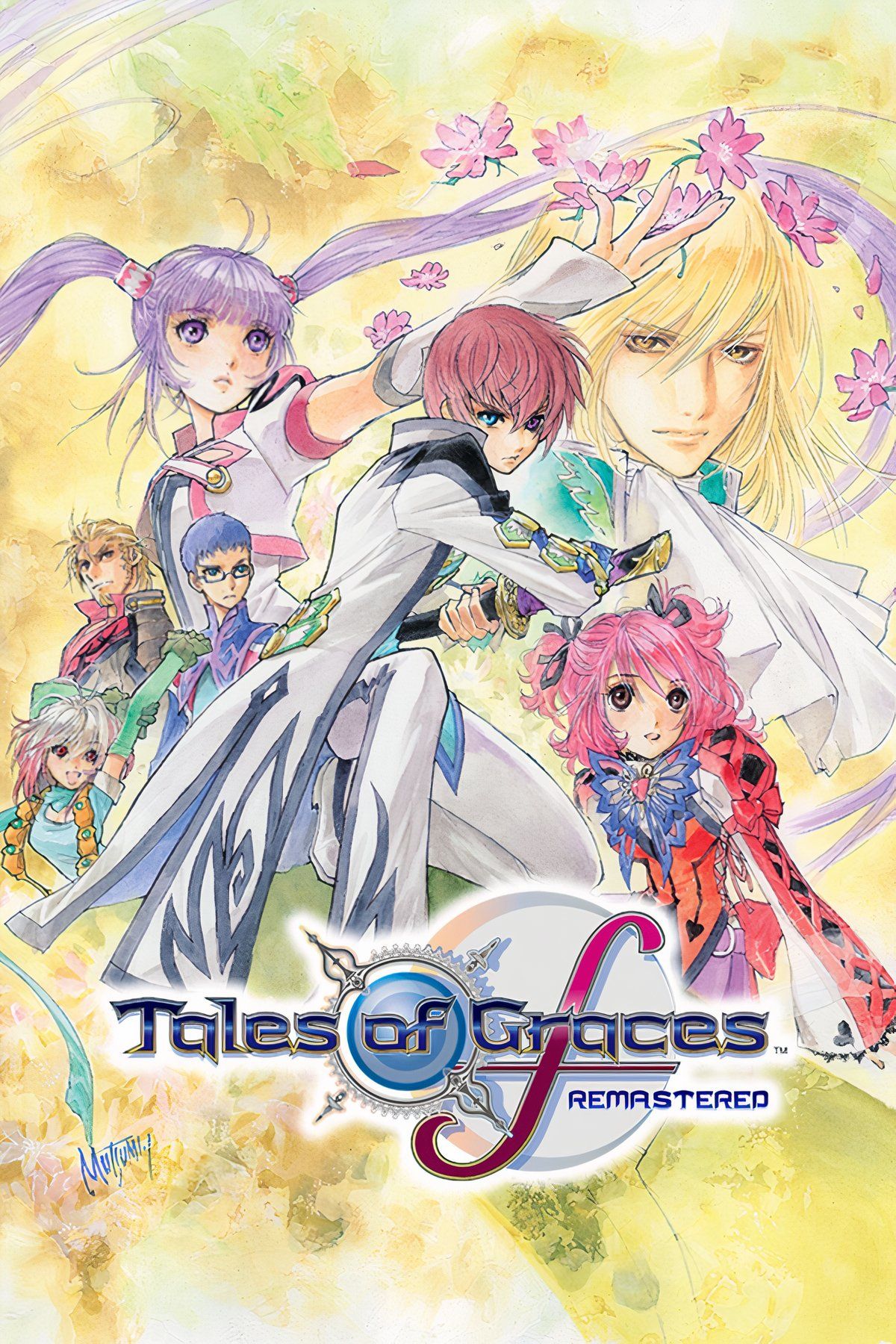
- Solid performance and crisp graphics
- Decent quality of life improvements
- Gameplay is every bit as superb as ever
- Some fresh content would have been nice


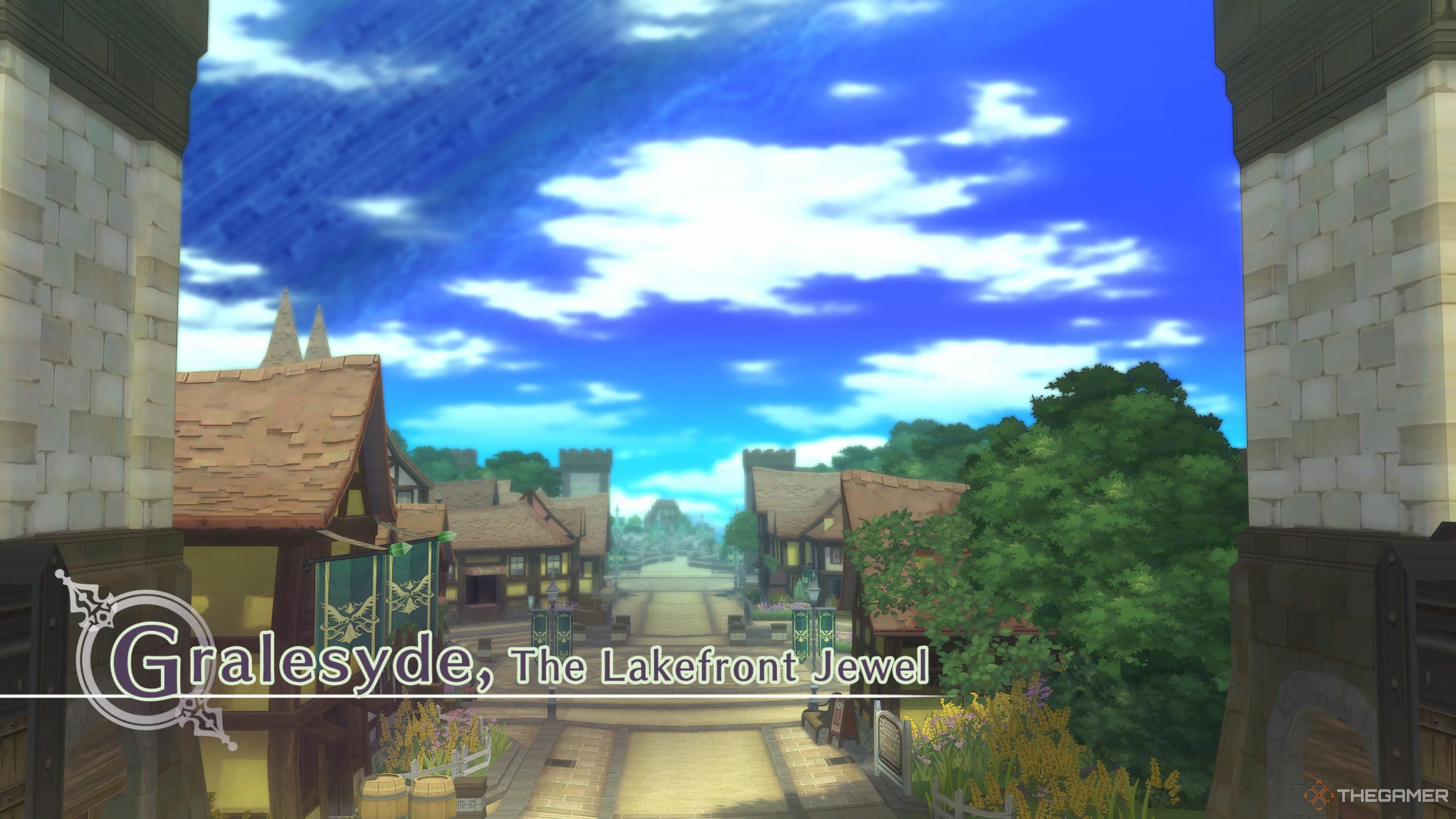
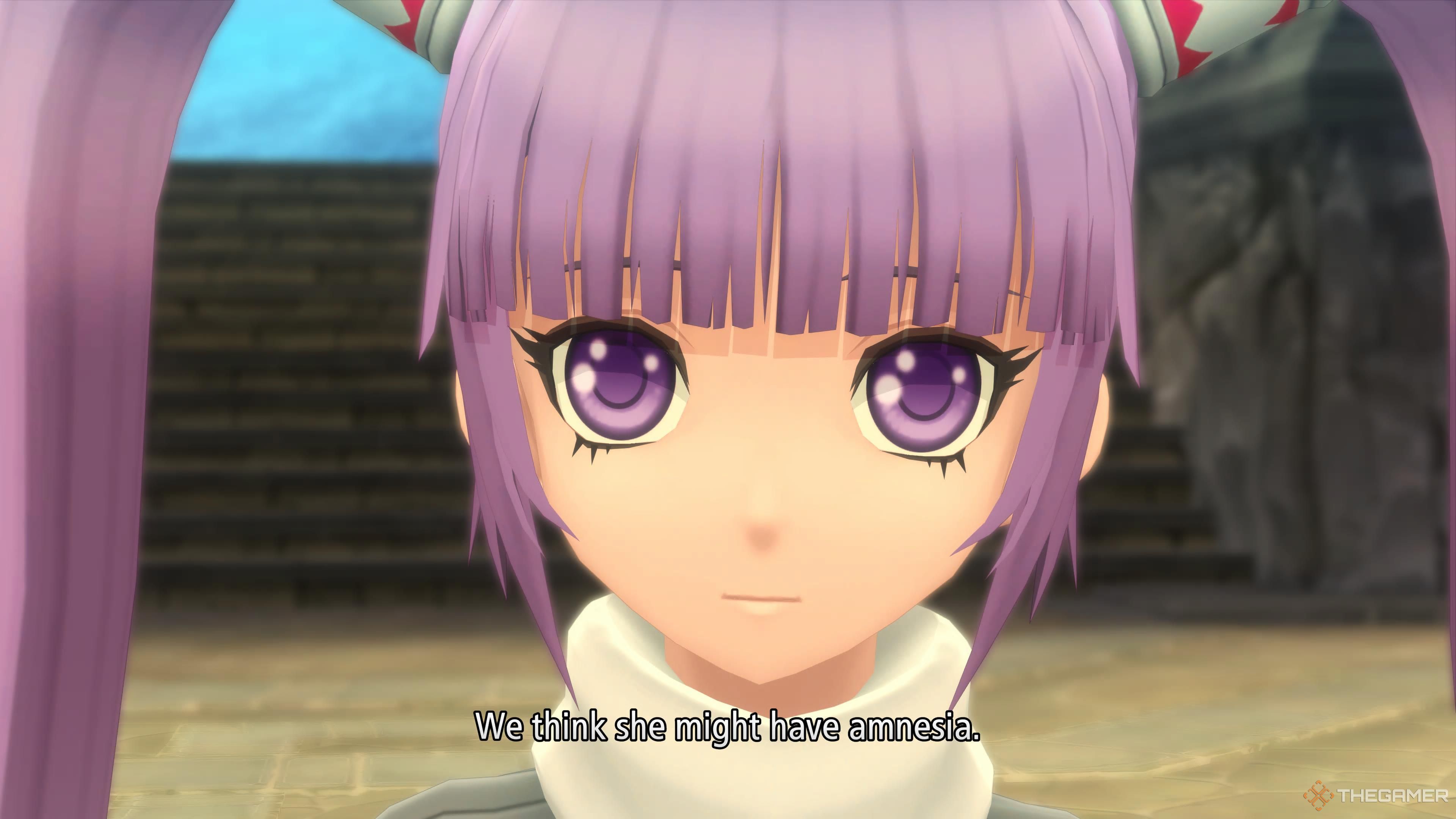
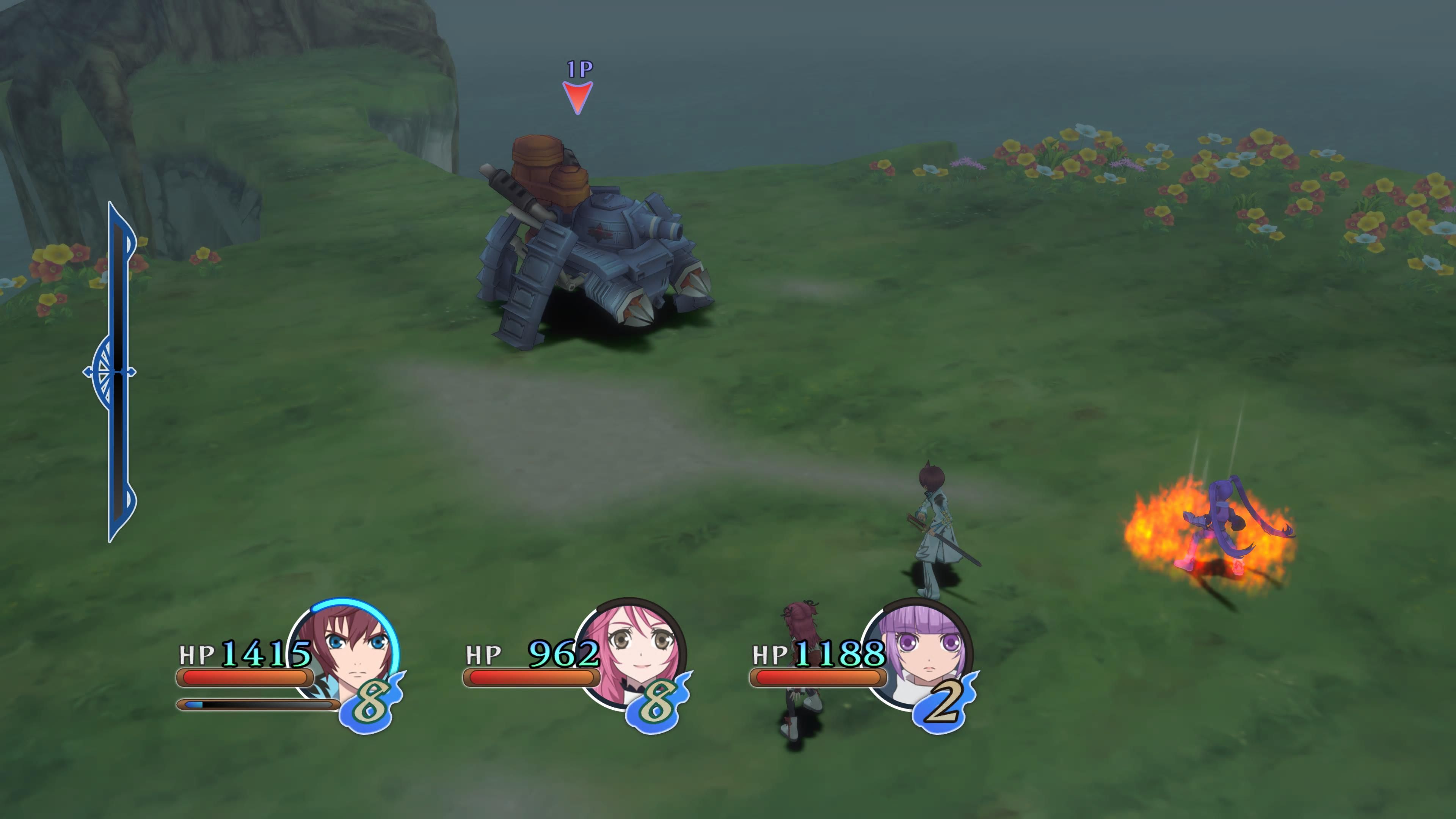
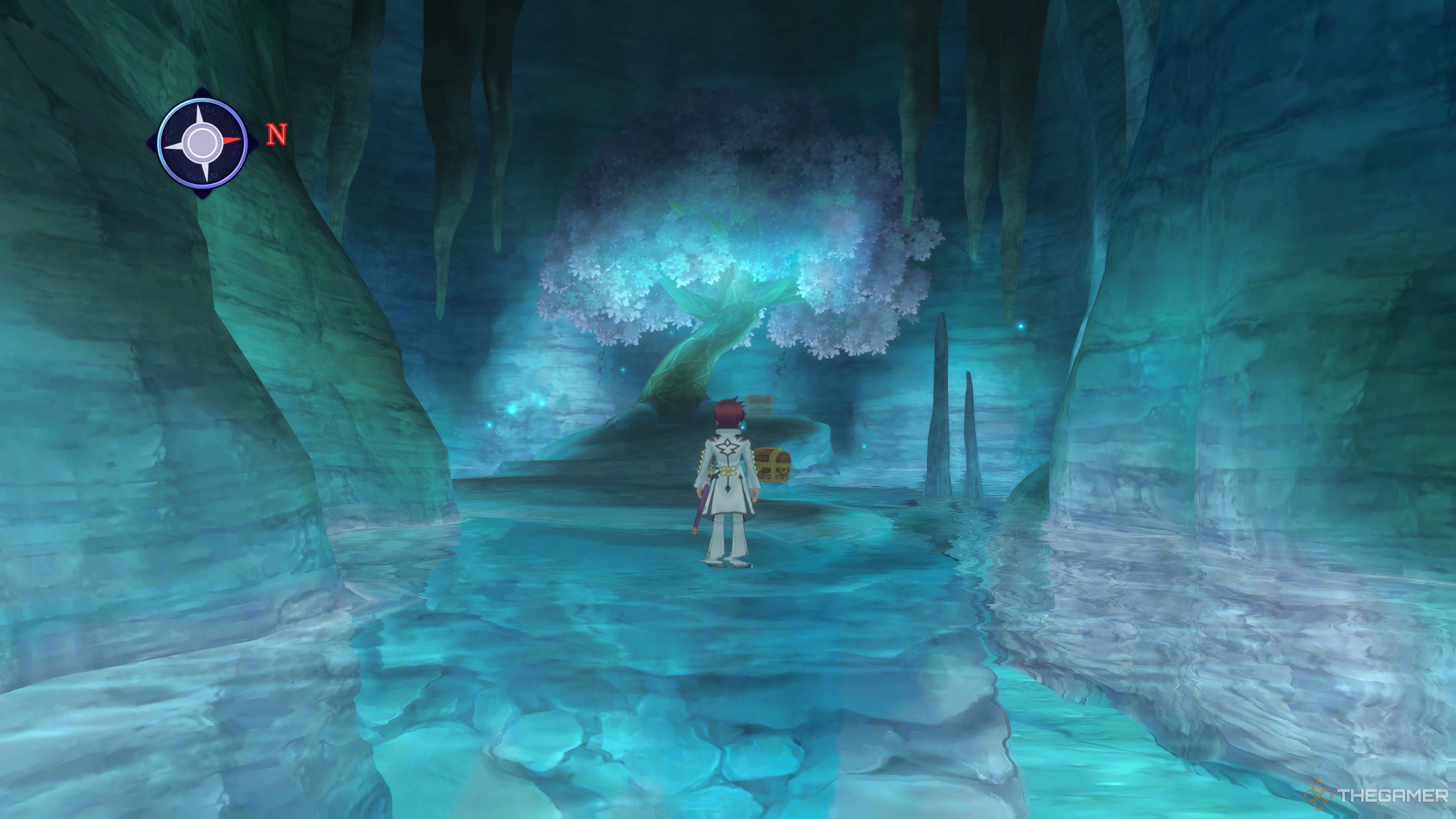





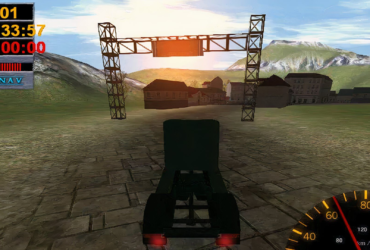



Leave a Reply